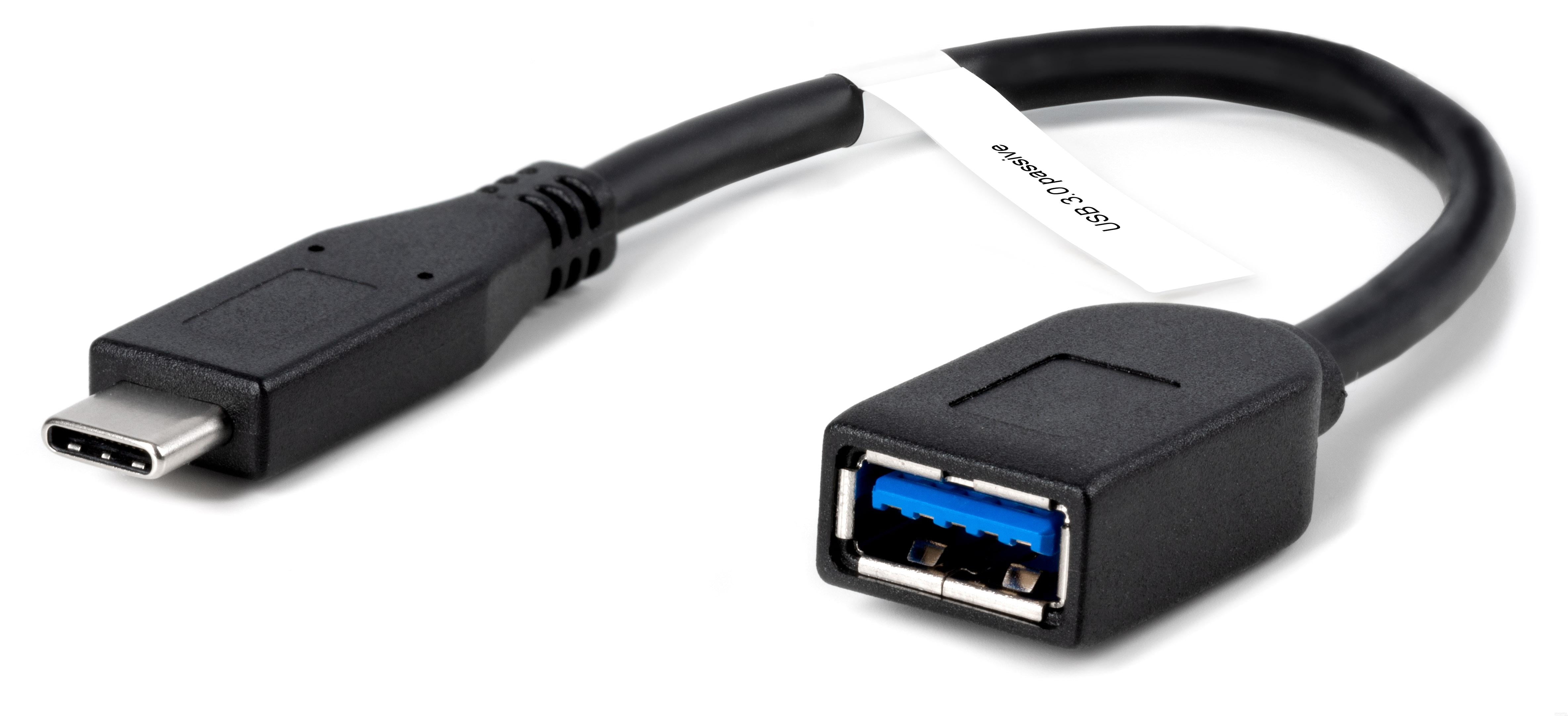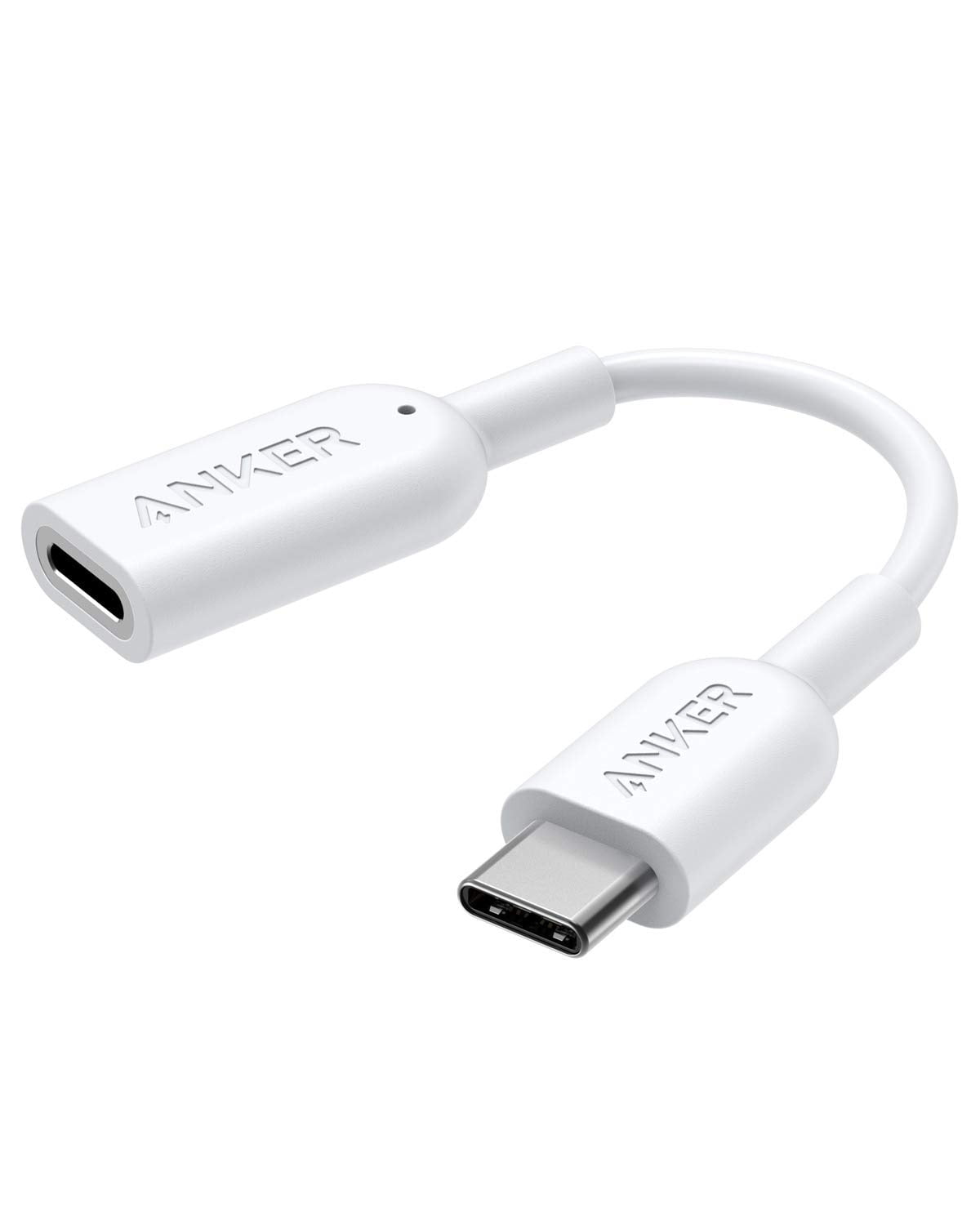

Just like USB-A, it’s the original designation for the two ends of a non-symmetrical cable.

Only one, as the connector is not rotationally symmetrical and both ends are different, corresponding to a different type of port. The odds are you have plenty of USB-A connectors at home and you’re quite familiar with the way the look. USB-A is the most commonly known USB type. Now, USB-C is joining the game and now changing everything. Originally, there were just two USB types, USB-A and USB-B. USB has had several different form specifications for its connectors. What Do I Need to Know About USB-C, USB-B, and USB-A Differences? This flexibility continues to drive improvements in the USB standard and its current model in USB-C. Thus, USB devices are much more interchangeable and can also be hot-swapped. USB interfaces also typically require no additional configuration of data speed, input/output addresses, and memory access channels. That means you daisy-chain monitors to have a seamless viewing experience. Before USB, users had to contend with an array of different, bulky cables and connectors, such as parallel, serial, VGA, and PS/2 ports for keyboards and mice, which notoriously had the same form factor but were not functionally interchangeable.Ī particular advantage of USB over these previous connections is that it combines data and power, largely avoiding the need for independent power supplies for external devices. This universality has only recently come close to reality with USB-C, but even the initial iterations greatly improved earlier connection technologies. That is, it originally hoped to standardize communication and power sources for computer peripherals. USB’s primary aim is indicated by the universal of the title. The original standard was released in 1996.

That means that the USB standard specifies both the actual form of cabling and connectors and the structure of the data that passes through them.
#USB C TO USB ADAPTER SERIAL#
USB, or universal serial bus, is a protocol and hardware standard for digital communications. As the speeds have increased, so has the physical design of the connectors, and the latest form factor, USB-C, marks a significant improvement on USB-A and USB-B.
#USB C TO USB ADAPTER UPGRADE#
The first version was released in 1996, and the most recent speed upgrade is USB4, released in 2019, though it is not yet widely implemented. Like any technology, it has progressed over time and had various iterations, with significant speed and power improvements. USB is an industry standard for cables and connectors. Or find out how ViewSonic USB-C monitors can bring you a whole host of benefits. Read on to discover how all that changes with USB-C. However, the range of USB connectors leads to possible confusion. USB-C is a more versatile and powerful standard and is set to be the main connector for years to come. The USB-C, USB-B, and USB-A differences are most obvious in their physical form, but the distinctions run much deeper.


 0 kommentar(er)
0 kommentar(er)
